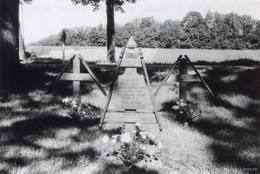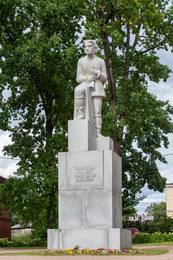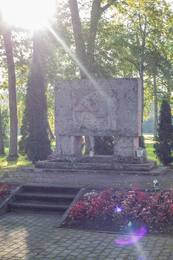About the National Patriot Chief Lieutenant Vili Gelbi
The fate of Senior Lieutenant Viļa Gelbe (1890-1919) reflects the difficult situation in the formation of our country and army, as well as in the evaluation of these events.
With the proclamation of the Latvian state on November 18, 1918, the War of Independence and the work of forming the armed forces also began. Vilis Gelbe, a naval lieutenant born in Kurzeme, was in the front ranks of Latvian volunteers.
Immediately after the proclamation of the Latvian state, the invasion of the Red Army began and the interim government of Kārlis Ulmanis established a refuge in Liepāja. In February 1919, with the help of the Estonian army, the liberation of Latvia from the north began and the first mobilization took place in the Rūjiena area for the Latvian troops to be formed in Tartu, which became a Northern Latvian brigade under the command of Colonel Jorgis Zemitans. On February 22, 1919, Vilis Gelbs had to assume the duties of the commander of Valmiera district. He was one of those who practically worked in the formation of the Northern Latvian Brigade, which was formed under the auspices of the Estonian Army under an agreement with Estonia.
The Northern Latvian brigade fought not only against the Bolsheviks, but also against the Landeswehr and the Iron Division in the battles of Cēsis. The soldiers of Northern Latvia mobilized around Rūjiena also fought in the subsequent battles of the War of Independence.
The last order of Valmiera District Commander-in-Chief Lieutenant V.Gelbe was issued on May 6, 1919. It is not known what the real reasons were for his resignation, which led him to resign. No complaints or reprimands about his activities were found in the record keeping documents from the local residents, his subordinate service members or the Latvian leadership. It is even incredibly difficult in such difficult circumstances in which he had to work and be the “monster” that in the name of the noble idea of Latvia's independence and freedom was forced to deprive peasant families of almost the last breadwinner, the last piece of horse and bread. However, with his energetic actions, empathetic understanding and tact, he gained the respect and gratitude of the people of Northern Latvia and later of the entire Latvian people instead of eventual hatred and general contempt. Probably the reason was V.Gelbe's report of March 27 - a protest about the robbery of Estonian soldiers and officers in the farms of Latvian farmers. It was a bold, even daring and risky move.
As the territory of Northern Latvia continued to be liberated, it became possible to perform a similar service closer to Limbaži and Ķirbiži, where V.Gelbe's family lived. The last stage of Viļa Gelbe's activity took place as the commander of Limbaži city and district (appointed by the order of Jānis Miglavs on June 2, 1919), which he had to perform mainly during the battle of Cēsis, in one of the most important military units. I had to start all over again. The first major mobilizations in Limbaži take place on the 5th, 6th, 7th. in June. Lieutenant Gelbe also had to take care of the situation in the area up to the Gauja, where hostile forces were concentrated.
On June 10, a ceasefire is concluded in Cēsis, which was to last until June 20. The two warring parties used this time to replenish their forces.
In his June 16 report on Senior Lieutenant Gelbi, J. Ozolina writes: “... who is currently very busy organizing a new commander's district in Vidriži. Mobilizations of people and horses have been announced in the new Vidriži district on June 18, 19 and 20, in which (...) I must also participate ”.
The ceasefire was not over, but everything indicated that fighting would begin soon. V.Gelbe, like most Latvians and Estonians in Northern Latvia, did not think that these battles would start so soon, and trusted the ceasefire agreement with the Germans, which had been concluded through the Allies.
Fully understanding and aware of the decisive nature of the coming battles, he prepared for them with enormous dedication, sparing neither himself nor others. Every effort was made so that it would be difficult for the limbazers, who were hard to do anything, to believe in the freedom of the Latvian people. And he succeeded.
Without waiting for the end of the ceasefire, on June 19, the German iron division flanking stationed in the vicinity of Inčukalns, led by Captain Blankenburg, is the first to start the march in the direction of Limbaži.
On June 19, in the battle against the troops of the German Iron Division near Vidriži manor, Vilis Gelbe fell. His horribly mutilated body was not found until June 21.
Caught in the crossfire between the attacking parts of the Landeswehr and the allies - the Estonian army - Lieutenant Gelbe and his small group of soldiers did not retreat to the Estonians, but bravely took the first blows, delaying the Germans' further progress to Limbaži for several hours. The 9th Estonian Infantry Regiment managed to prepare for the attack, preventing the city of Limbaži from being captured by German forces, defeating them and successfully pursuing the enemy. In this way, they disrupted the entire German strategic plan. Flankgards was unable to unite with its main forces, and these battles of Limbaži - Lielstraupe - Cēsis - Rauna from 19 to 23 June 1919 convincingly ensured a favorable outcome of all the battles of Cēsis.
Taking into account all the investments of V.Gelbe in the establishment of the Northern Latvian Brigade and in the freedom fights in general, he was awarded the Lāčplēsis War Order after his death.
It is interesting that the first initiatives to award the most heroic freedom fighters came directly from V. Gelbe - at that time the commander of Valmiera district in Rūjiena. It was still in April 1919, when in his report to J. Zemitāns he recommended to award the bravest soldiers of Rūjiena with the Order of Imanta III class. "The proposal deserves attention, but it was not possible because there was no such order yet. The name of the Imanta Order reappeared on March 6, 1920, when JALiberts (one of the members of the Commission for the Establishment of the Statute of the War Order) presented the name of the Imanta War Order with the motto “It is better to drown in his blood to perish under another yoke! ””
However, it was the legend of Lāčplēsis, created by previous generations of Latvians, cherished by Pumpurs and Rainis, that at the end of 1919 became a reality of life and the Lāčplēsis War Order was founded during the culmination of the War of Independence - on November 11, 1919.
Back in the spring of 1916, Mitchman Gelbe from Kronstadt had called:
"It's quite a slave chain to carry,
It's a pretty dark wall to smell! ”
But in the summer of 1919, his long-cherished dreams of liberating his homeland from all lords were preparing him to turn from hope into reality. The fulfillment of dreams was so close ....
The Gelbe monument reads:
"See what passes by me,"
ignited in the love of the homeland!
He loves his homeland
I pledged my life. "
Source: Jānis Ulmis, “I LOVE ABOUT THE FATHERLAND ...”. Knight of the Lāčplēsis Military Order, Lieutenant General Vilis Gelbe in the formation of the Armed Forces of Northern Latvia and the Battle of Cesis in the Latvian Liberation War, 2018, Publisher: Limbaži Museum
Related timeline
Related topics
Related objects
Monument to the sea lieutenant, L.k.o.k. Vilis Gelb (1890-1919)
Located in Limbažu Jūras iela cemetery, Jūras iela 56, Limbaži
The monument opened on September 10, 1922 by the then President of Latvia Jānis Čakste, on which the dedication of the poet Viļas Plūdonis to Vilis Gelb is read:
"Compatriots who pass by me, light up in the love of the fatherland,
for the beloved fatherland, I pledge my life."
Vilis Gelbe (1890-1919) was born in Kurzeme, Zemīte parish, but he is also closely related to the Limbaži side, because at the beginning of the Latvian War of Independence, he returned to Latvia from St. Petersburg and joined the North Latvian Brigade.
In May 1919, V. Gelbi commanded Limbaži, he became the military commandant of the area and was able to inspire local men and also very young guys to join the army.
V. Gelbe's activity at that time in Limbaži and its surroundings was very important, his duties included not only maintaining order in the city and its surroundings, but also mobilization, providing food for soldiers and horses, and solving many other issues that cannot be included in orders and instructions. The Commandant's team organized by him acted as a coordinated mechanism to provide the North Latvian Brigade with the most effective assistance possible. The commander's team went to the aid of the regular army in special cases, and he set an example for the new soldiers. V. Gelbe was the first Latvian army officer who proposed to award his subordinates with the III class of the Order of Imanta. There was no order yet. Imanta's name appeared in the open only on March 20, 1920, when the minister of defense, Karls Ullman, was presented with an outline of the establishment of the military order. However, the name of Lāčplėš was chosen for the order.
Vilis Gelbe died during the battles of Cēsis - on June 19, 1919, during a reconnaissance. Later, Gelb was awarded the Láčplēš War Order, however, historians believe that his contribution has not been properly appreciated until now. This is mainly explained by Gelbe's membership in the Northern Latvian Brigade.
The so-called Southern Latvian brigade, which was initially commanded by Oskars Kaplak, later Jānis Balož, competed with the Northern Latvian brigade, which was commanded by Jorģs Zemitāns.
Monument in memory of the fallen soldiers of the Latvian Liberation War
The monument is located next to Limbaži Sv. St. John's Lutheran Church, Lībiešu Street 2. There is a memorial to the fallen soldiers of Limbaži and the surrounding area and to Lieutenant General Vilis Gelbe (1890-1919), who fell in the battle against the Germans on June 19, 1919 in Vidriži.
The monument of Lieutenant General Viļis Gelbe can be seen in the Limbaži cemetery in Jūras Street.
In Vidriži, a memorial sign at the place where LKOK Vilis Gelbe and two soldiers of his team fell
In Vidriži, at the turn to Lēdurga, during the Freedom Struggle on June 19, 1919, Marine First Lieutenant Vilis Gelbe and two soldiers fell in battle.
Vilis Gelbe is buried in the Limbaži cemetery. Vilis Gelbe was awarded the III class of the Lāčplēš War Order (No. 895) for his heroic deed at Vidrižu manor.
Currently, three commemorative crosses installed in 1989 can be seen at the battle site.
On June 22, 1934, a bronze commemorative plaque made by the artist Stefan Berc was unveiled near the maple growing in the manor park. Already at the beginning of the communist occupation, in the fall of 1940, the memorial plaque disappeared. The maple to which it was nailed also died. At the beginning of the Revival, on June 19, 1989, on the 70th anniversary of the death of Gelbe and two soldiers of his team - corporal Krustiņš and soldier Krūza - at the crossroads where a memorial plaque used to be, on the initiative of the Environmental Protection Club and Latvian People's Front branches of Limbažu county, installed three wooden crosses made in folk style by Jānis Eglīš. By the decision of the executive committee of Limbažu district in April 1991, this memorial place was included in the list of historical monuments of local significance.
Monument “Tālavas taurētājs”
Located in Rūjiena Center Square.
The three-meter-high image of an ancient Latvian guardian carved in gray Finnish granite, called the “Tālava trumpeter”, is placed on a three-meter-high granite pedestal, but the total height of the monument reaches 7.5 meters. In the initial sketches and models, K. Zemdega had placed a sword in his hands, which was later replaced by a trumpet. The monument was unveiled on August 15, 1937.
This monument reflects the difficult situation in the formation of our country and army, as well as in the assessment of these events. Immediately after the proclamation of the Latvian state, the Red Army invaded and the interim government of Kārlis Ulmanis established a refuge in Liepāja. In February 1919, with the help of the Estonian army, the liberation of Latvia from the north began and the first mobilization took place in the Rūjiena area for the Latvian troops formed in Tartu, which became the Northern Latvian Brigade under the command of Colonel Jorgis Zemitans. The Northern Latvian brigade fought not only against the Bolsheviks, but also against the Landeswehr and Iron Division in the battles of Cēsis. The soldiers of Northern Latvia, mobilized in the vicinity of Rūjiena, also fought in the subsequent battles for the War of Independence. After the war, the main laurels were won by General Jānis Balodis and the Southern Latvian Brigade he commanded, but he often forgot about the Northern Latvian Brigade. The monument to Rūjiena, which was planned in Rūjiena, was built for a long time, and the monument, unveiled in 1937, was officially popularized as a monument to the liberation of Rūjiena and the memory of fallen soldiers, not to mention the beginning of all regiments in Northern Latvia.
The monument is not only a popular sight for Latvian and Estonian tourists, which is to some extent a starting point for visiting several other places of remembrance of the War of Independence in Rūjiena, but "Tālavas taurētājs" is also a stopping place for Estonian and Latvian officials of various levels.
The monument to the liberation and fallen soldiers of Rūjiena, more commonly known as the “trumpet of Tālava”, was included in the list of cultural monuments protected by the state as an art monument of national significance on October 29, 1998 (monument protection registration number 4522).
Monument to the liberators of Northern Latvia
Located in the center of Placa by the Inčukalns - Valka highway (A3). Next to the bus stop and Straupe People's House.
The monument made by Teodors Zaļkalns to the liberators of Northern Latvia in 1919 at the Battle of Cēsis can be seen.
There are two limestone supports on the three-step base, on which the limestone block rests. In front of it, the lower part depicts a horse harnessed to a plow and a plow holding reins in his right hand and a sword in his left. A text engraved on the back of the monument, closed by lines by the poet Eduards Virza:
FOR THE RELEASES OF NORTHERN LATVIA
WHILE THE CEREALS ARE SEED IN THESE FIELDS
YOU WILL BE GLORIFIED AND HONORED
The monument was unveiled on November 8, 1931. President Alberts Kviesis took part in the opening.




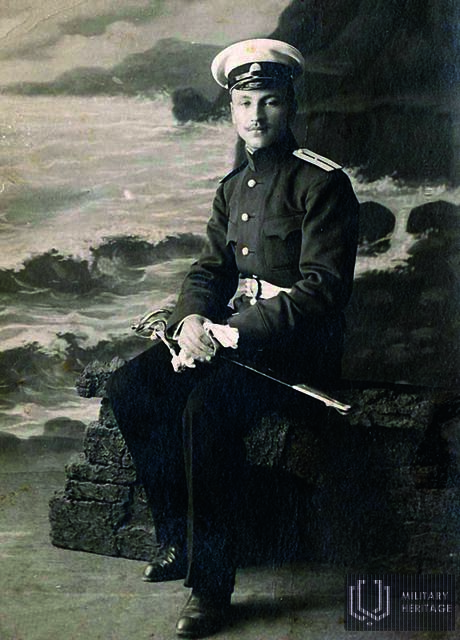
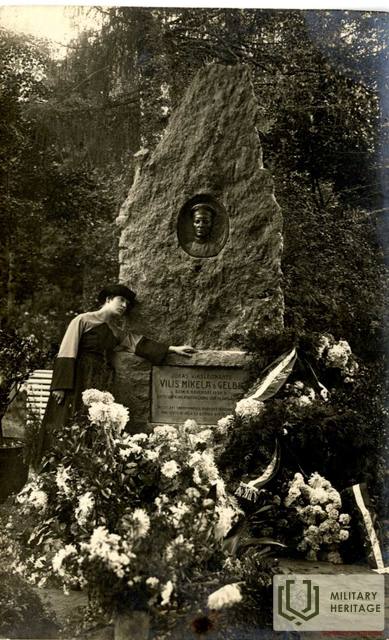
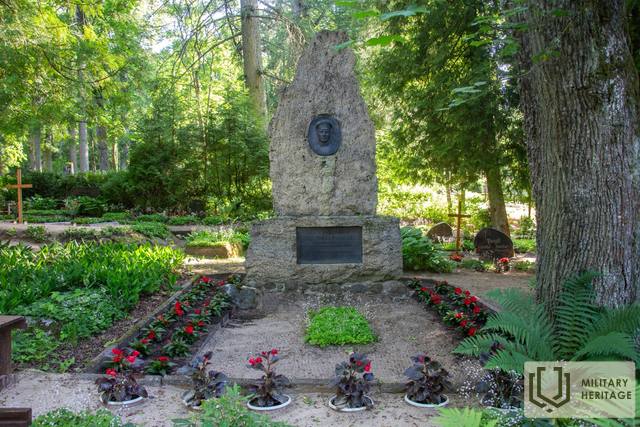
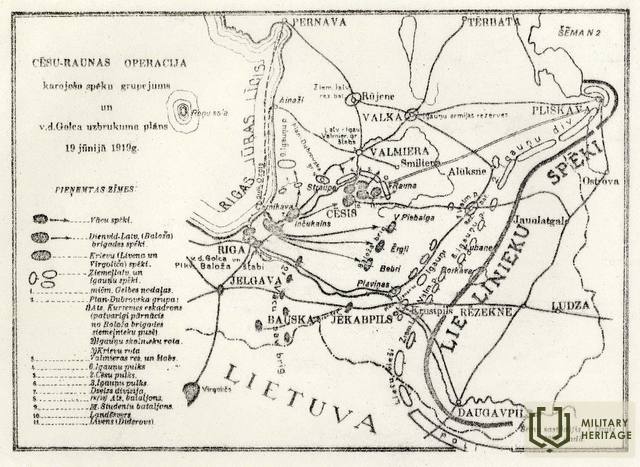
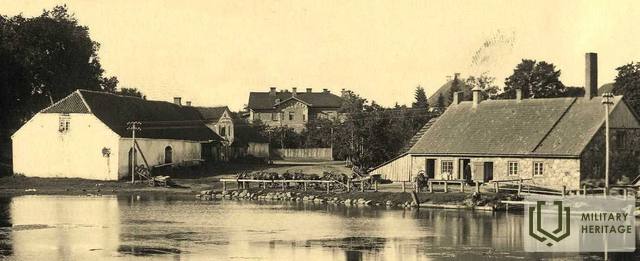
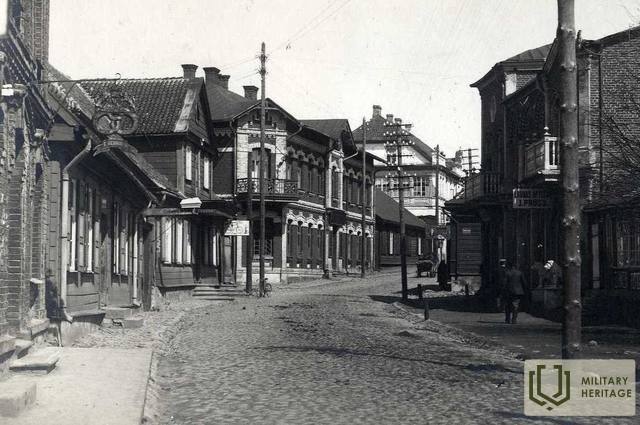
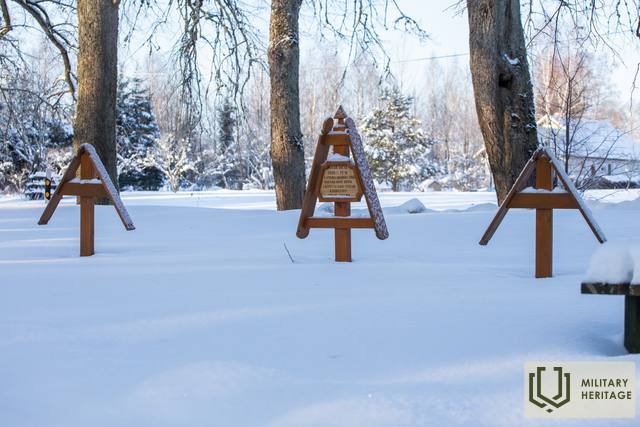

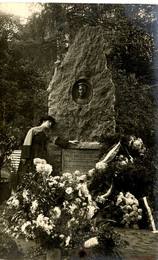
![Limbaži. Valsts prezidents J. Čakste atklāj pieminekli Limbažos I Pasaules karā kritušajiem. Latvijas Brīvības cīņu pieminekļa atklāšana [1923]. Avots: Latvijas Nacionālās bibliotēkas digitālais krājums "Zudusī Latvija".](/g/Poi/00403/44213.png?size=260)
